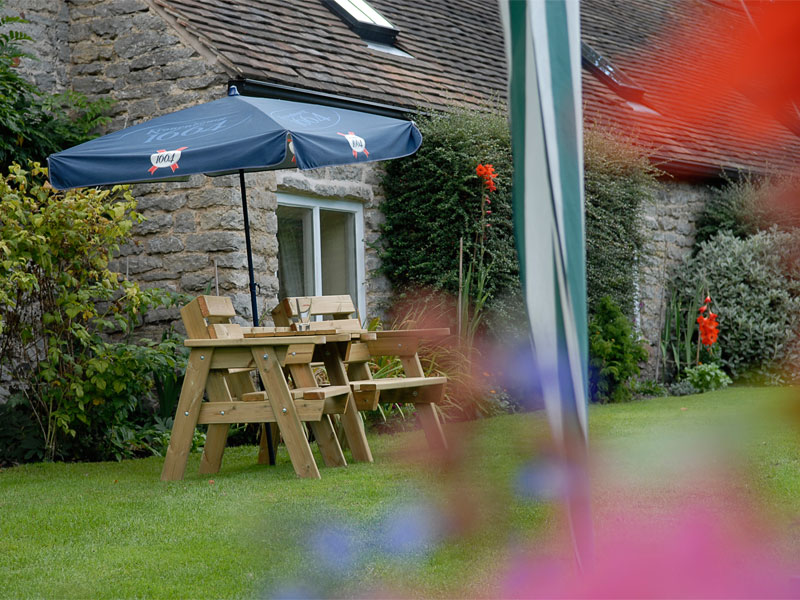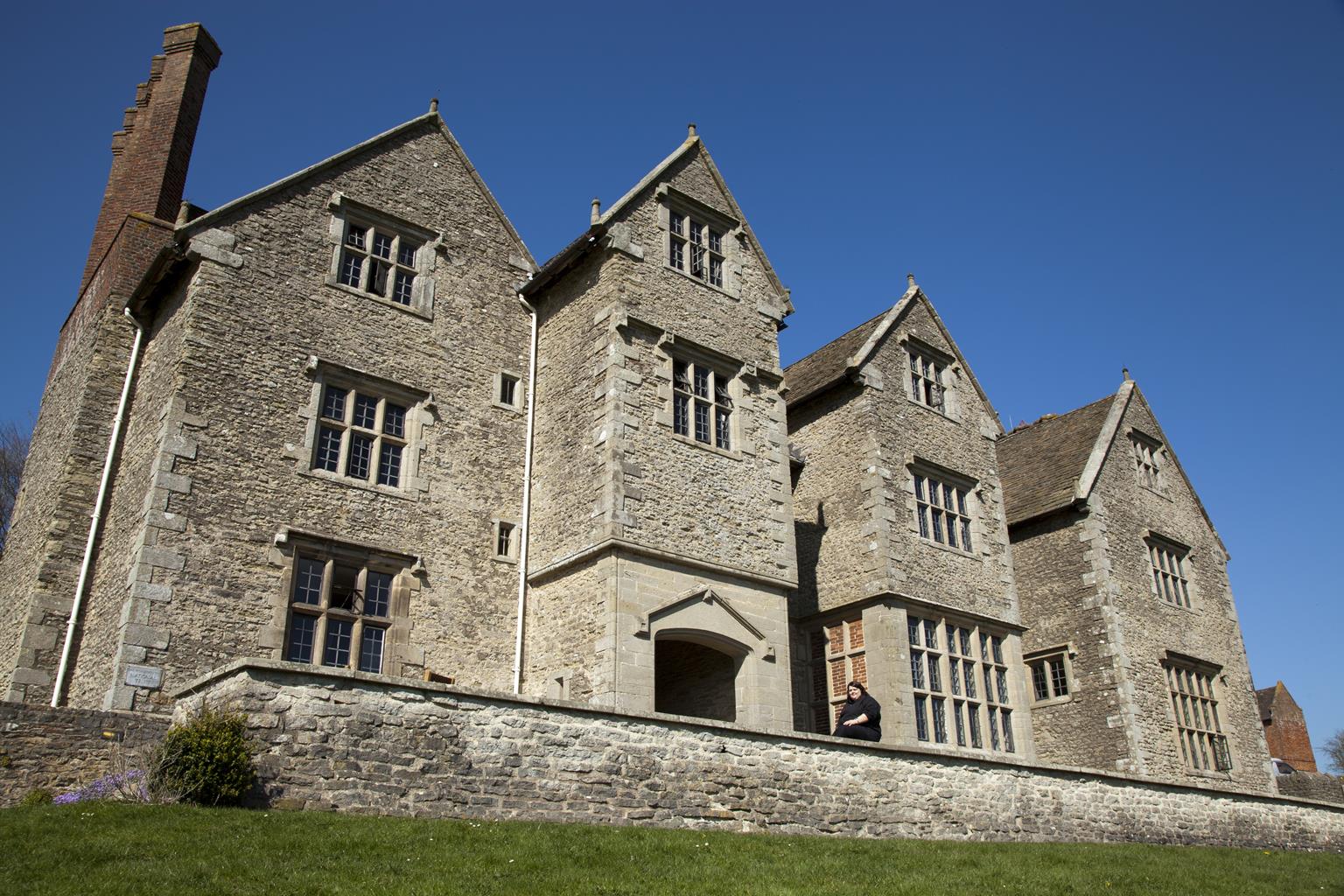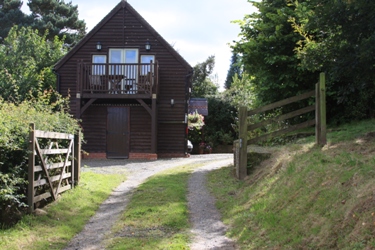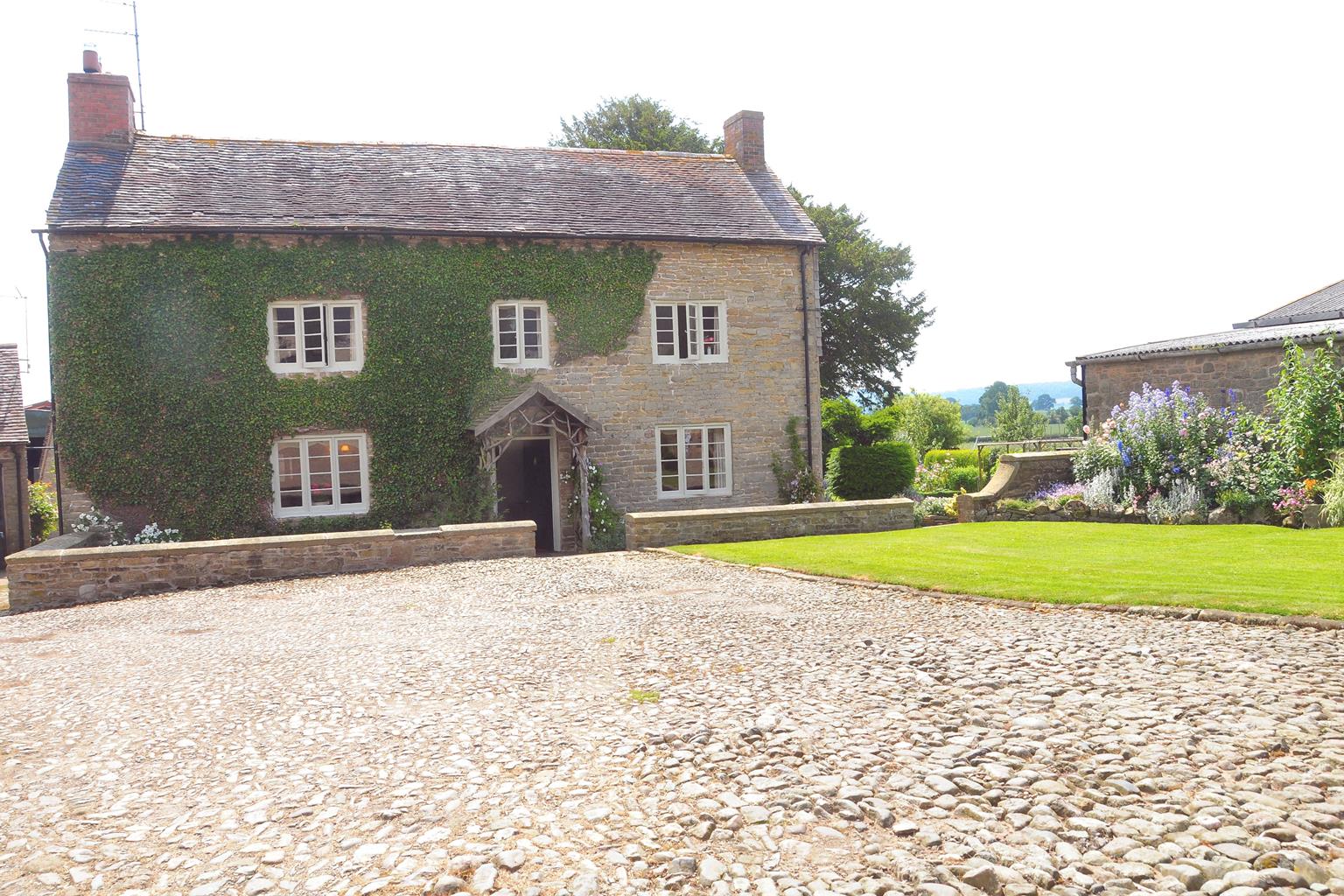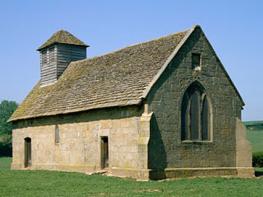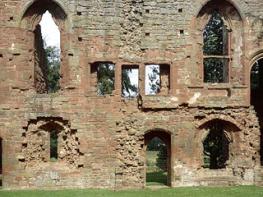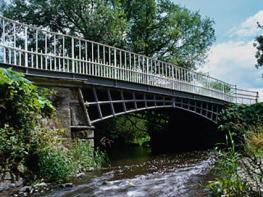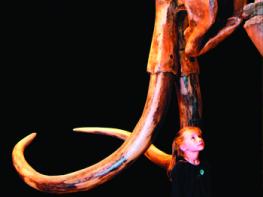A stunning, Grade I listed Elizabethan manor in the heart of the Shropshire countryside, YHA…
Elizabethan Wilderhope

3 miles (4.8kms)
About the walk
Wilderhope Manor belongs to the National Trust, but is leased to the Youth Hostels Association. It stands in Hope Dale between the twin ridges of Wenlock Edge and it’s the best of several very fine houses in the area. It was built, around 1585, of the local limestone and has changed little in appearance since.
With its gables and its projecting, conical-roofed, semi-circular stair turret, it’s an imposing sight. Lovely as it is, its setting is lovelier still. The Wilderhope Estate, which also belongs to the National Trust, is a glorious green jumble of wooded valleys, flower-rich meadows, ancient woodland and centuries-old hedgerows. The Trust has been acquiring sections of the Edge since 1982 and now cares for a fair-sized chunk of it. Management is aimed at maintaining its character and its wildlife interest while improving access for walkers. It’s encouraging to see what a difference a little sympathetic management can make as the Trust removes conifers to allow native trees to regenerate and pursues environment-friendly farming methods, which allow wild flora and fauna to flourish.
Lime trees…
The dominant species at Longville Coppice are ash and hazel, but there are others too, including small-leaved lime. This native lime is a far more attractive species than the hybrid lime planted in parks and gardens. Pollen records show it was one of the commonest trees of the original wildwood, but it is nationally scarce today (though locally common in places), and nobody really knows why. It may be because it grows mostly on well-drained, easily worked soils – the sort which would have been first cleared of trees by the earliest farmers. But this argument could apply to other species that have not become scarce. Lime foliage is also readily eaten by grazing animals.
… and lime stone
Wenlock Edge is a classic example of what geographers call an escarpment. Its shape reflects the tilt of the underlying rock strata – in this case it’s Much Wenlock limestone. You can hardly fail to notice as you follow this walk that the southeastern slope, on which Wilderhope Manor stands, is quite gentle, while the northwestern face, which you traverse as you walk through Longville Coppice, is much steeper. The gentler slope, roughly following the bedding of the limestone, is known as the dip slope while the steep edge, eroded across the strata, is the scarp slope. The pattern is repeated here in the secondary escarpment of View Edge, which you climb later in the walk. The rocks date from the Silurian period, around 430 million years ago. Geologists refer to this specific part of the greater Silurian as the Wenlock period.
Walk directions
Go through a gate next to an old pump at the top of the car park. Go up a field to the top corner, then follow a hedge uphill to the crest of Wenlock Edge. Turn right at the top along the outer edge of Longville Coppice for about 50yds (46m). Turn left over a stile (National Trust signs for Longville Coppice Walk) and go down a stony path (slippery when wet). This soon bears right and climbs gently. Ignore a crossing path and continue along this undulating track, carved across the steep scarp slope.
Go past a barrier at the far end of the coppice on to a sunken track, Pilgrims Lane. Climb this steeply to a junction and turn right on a lane. At the end of the tarmac, shortly before you reach Pilgrim Cottage, turn right on an obvious stony track. Pass the entrance to The Fegg Farm and a small caravan site. Ignore a stile on the left, where a path runs down towards a lake, and continue along the track with the tall chimneys of Wilderhope Manor appearing ahead.
As you approach the manor, fork left, then immediately turn left to go downhill on a wide green track. Ford a shallow brook and follow the path through trees, then uphill across two fields towards the top of View Edge (the eastern ridge of Wenlock Edge, not to be confused with the other View Edge near Craven Arms). Go through a gate into Wilderhope Coppice and turn right, still climbing, on a path that leads past beech trees.
After about 300yds (274m) fork right by a waymark post. Descend, then bear right down steps to leave the coppice at a stile. Walk down two fields to a meadow at the bottom, which is known as Pudding Bag. Go a few paces right to find a track which crosses the brook. Follow the track uphill to a junction.
Turn right on another track, joining the Shropshire Way. Walk past Wilderhope Farm to return to the car park by the manor.
Additional information
Mostly excellent, need to ford shallow brook, many stiles
Ridges and valleys at Hope Dale and Wenlock Edge
On lead in spring when ground-nesting birds have young, and near sheep
OS Explorer 217 The Long Mynd & Wenlock Edge
National Trust car park at Wilderhope Manor
None on route
WALKING IN SAFETY
Read our tips to look after yourself and the environment when following this walk.
Find out more
Also in the area
About the area
Discover Shropshire
Perhaps nowhere else in England will you find a county so deeply rural and with so much variety as Shropshire. Choose a clear day, climb to the top of The Wrekin, and look down on that ‘land of lost content’ so wistfully evoked by A E Housman. Peer through your binoculars and trace the course of Britain’s longest river as the Severn sweeps through the county, from the Breidden Hills to Wyre Forest, slicing Shropshire in two. To the north is a patchwork of dairy fields, hedgerows, copses and crops, broken at intervals by rugged sandstone ridges such as Grinshill or Nesscliffe, and dissected by a complex network of canals.
Spilling over the border into neighbouring Cheshire and North Wales is the unique meres and mosses country, with serenely smooth lakes glinting silver, interspersed with russet-tinged expanses of alder-fringed peat bog, where only the cry of the curlew disturbs the silence. South of the Severn lies the Shropshire Hills AONB. It’s only when you walk Wenlock Edge that you fully discover what a magical place it is – glorious woods and unexpectedly steep slopes plunge to innumerable secret valleys, meadows, streams and farmhouses, all tucked away, invisible from the outside world.
Nearby stays
Restaurants and Pubs
Nearby experiences
Recommended things to do
Why choose Rated Trips?
Your trusted guide to rated places across the UK
The best coverage
Discover more than 15,000 professionally rated places to stay, eat and visit from across the UK and Ireland.
Quality assured
Choose a place to stay safe in the knowledge that it has been expertly assessed by trained assessors.
Plan your next trip
Search by location or the type of place you're visiting to find your next ideal holiday experience.
Travel inspiration
Read our articles, city guides and recommended things to do for inspiration. We're here to help you explore the UK.





